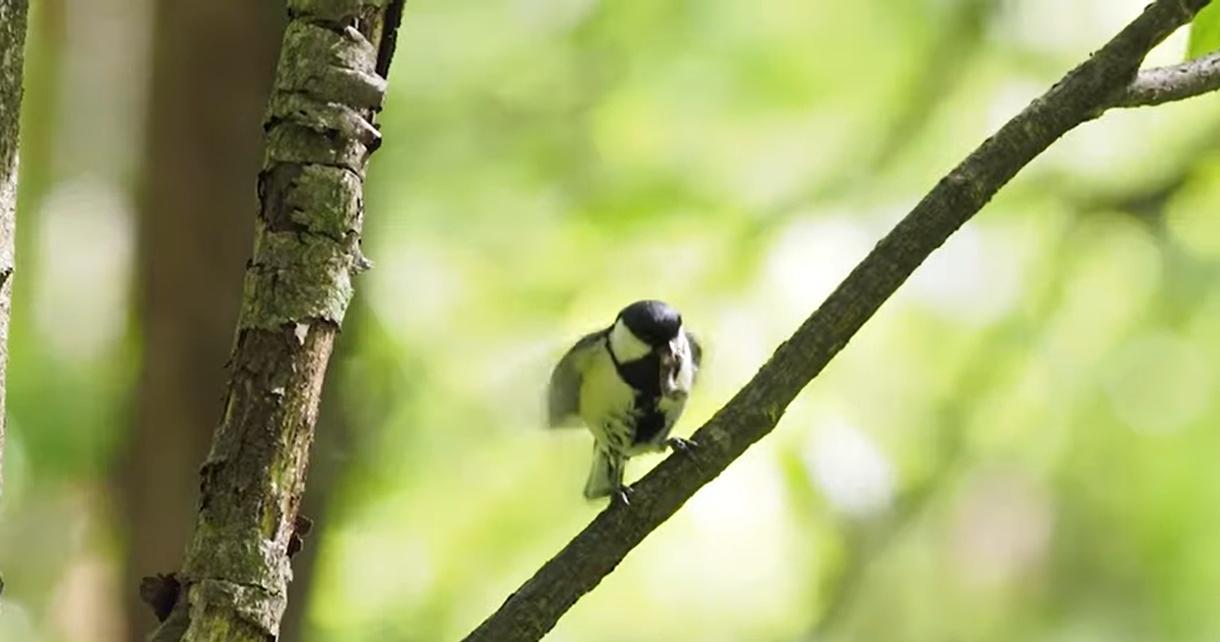Africa-Press – Liberia. It is the first known case of a non-primate animal displaying a gesture for the purpose of symbolic communication.
On Monday, scientists reported in the journal Current Biology of a mated pair of Japanese tits (Parus minor) sharing a moment of polite gesturing. While humans may wag their fingers, raise a hand in a wave, or raise their eyebrows, non-primate animals have not shown that same habit. Until now.
These tiny Japanese tits have been observed making gestures as a way to express their etiquette. The small birds flutter their wings in a gesture as a way to communicate “after you” to their partners, the researchers have said. The bird essentially messages to its partner that they should enter the nest before they do.
Researchers observed eight mated pairs who made over 300 trips to their nests. They found that females would flutter their wings far more than males. The females would almost always enter the nest first unless they were the ones fluttering their wings—in which case the male would enter the nest first. The fluttering would also only occur in social interactions and not when a bird was alone.
The discovery shows that these birds “not only use wing fluttering as a symbolic gesture, but also in a complex social context involving a sender, receiver and a specific goal, much like how humans communicate,” says Toshitaka Suzuki, a biologist at the University of Tokyo a co-author of the study.
After observing Japanese tits for nearly two decades, Suzuki discovered that these birds would sometimes bring food to the net, sit on a branch and flutter their wings. Their partners would then enter the nest before them.
“This led me to investigate whether this behavior fulfills the criteria of gestures,” Suzuki says, adding that fluttering their wings instead of calling may help them avoid attracting predators.
Other animals, such as ravens and fish, have shown forms of “deictic gesturing” like pointing out objects or showing something of interest. But that differs from symbolic gesturing, which requires complex cognitive skills.
For More News And Analysis About Liberia Follow Africa-Press






